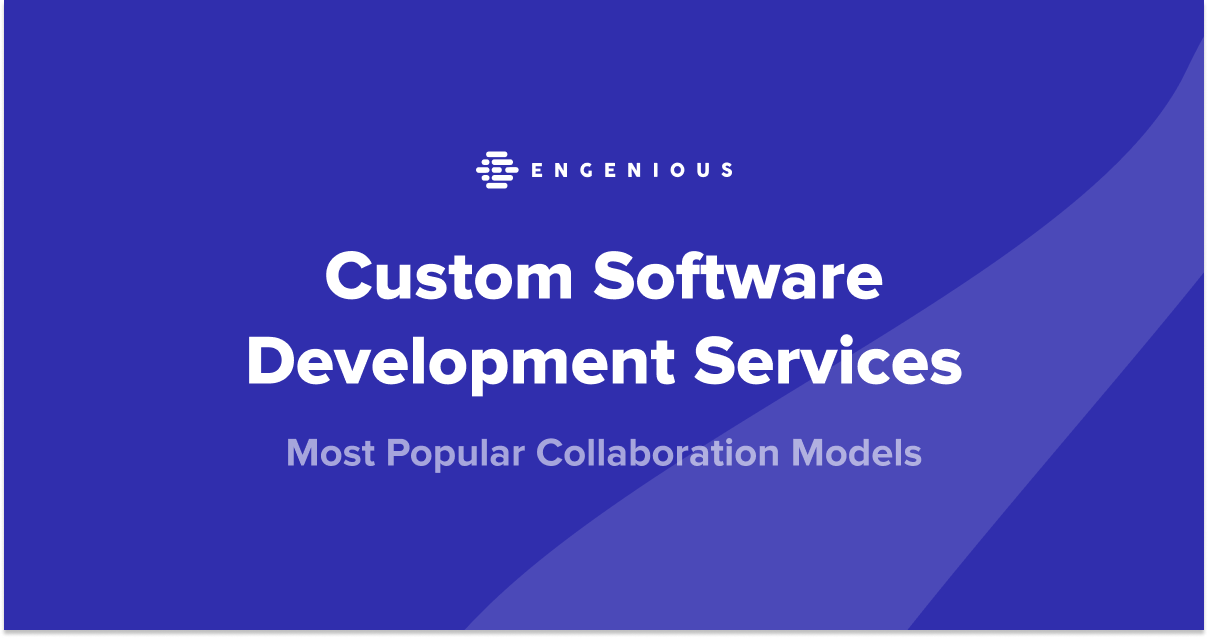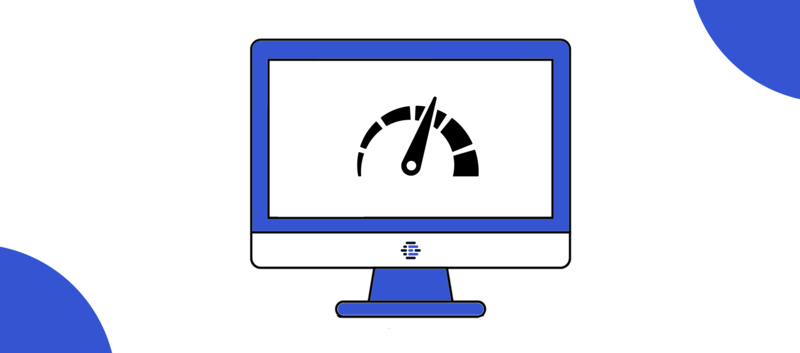Web Accessibility
Introduction
The World Wide Web (WWW) is a globally interconnected network system that links devices worldwide. It is the foundation of modern business and commerce. It helps access information, take part in communities, and find new friends. However, this technology has some problems. Not all websites are accessible to everyone who wants to use them. There are many reasons why this happens, including but not limited to a lack of knowledge or time on the part of web developers or designers. Fortunately, you can take steps as an individual or company to make your website more accessible to people with disabilities. But first, we need to understand what “web accessibility” means!
What is Accessibility?
Accessibility is the practice of designing websites to be usable by as many people as possible. While we think of accessibility as about people with disabilities, this practice also benefits other groups. It includes those using mobile devices or those with slow network connections. In general, accessibility means treating everyone equally and giving them equal opportunities, regardless of their ability or circumstances.
Inclusive Design Is a Human Rights Issue
Accessibility is considered an integral part of the web content accessibility guidelines (WCAG) 2.0. It’s also important to remember that it doesn’t just apply to websites. It can be applied anywhere you find yourself communicating with others—including Web applications, mobile apps, software interfaces, government documents, and many more.
The Web was designed to be accessible to people with a diverse range of hearing, movement, sight, and cognitive abilities. When the Web meets this goal, it is accessible to people with disabilities. Yet, poorly designed websites and web tools can exclude people from using their products or services.
The Web is an important resource for many facets of life, including education, employment, government, commerce, and health care. It must be accessible to provide equal access and opportunity to people with disabilities. In 2008 the United Nations Convention on the Rights of Persons with Disabilities (UN CRPD) defined access to information and communications technologies, including the Web, as a fundamental human right.
Accessible Sites Are More Usable for Everyone
Accessible websites are more usable for everyone, not just people with disabilities. People with disabilities are often the first to notice that accessibility is about more than them. They see firsthand how many sites are difficult or impossible to use by someone who can’t see or hear well or who doesn’t have complete motor control. As a result, many of these individuals have become strong advocates for making web content accessible to all users. 15% of the world population has some sort of disability like blindness and deafness, cognitive impairments like learning disabilities, and psychiatric problems such as autism spectrum disorder (ASD), and neurological conditions such as Parkinson’s disease.
However—and this is important—accessibility is also about making sure everyone can use your site regardless of differences in age, culture or ability level. Thus, it should be designed without any assumptions about who might try using it. Don’t assume that users can reach all screen areas at. Not everyone has good eyesight. Moreover, don’t assume everyone speaks English (or any other language fluently).
Implementing Accessibility into Your Project
A common myth about accessibility is that it is an expensive add-on. In fact, if you factor in accessibility from the start of a project and test early and often, the cost of making most content accessible should be minimal. When planning your project, factor in accessibility testing and testing for other important target audience segments (e.g., target desktop or mobile browsers). When testing your website, run tests often and make sure automated testing picks up on programmatically detectable errors (such as missing image alternative text or bad link text).
Text content is easy, but what about multimedia or whizzy 3D graphics? You should consider your project budget and consider what solutions are available to make such content accessible. Having all your multimedia content transcribed is one option that is expensive but possible. You should keep a list of potential problem areas in your content that will need work to make accessible and think about solutions/alternatives.
Additionally, be realistic. Complete accessibility is not always possible. There may always be some edge cases that result in certain users finding certain content challenging to use. Regardless, you should do as much as you can.
Read more about how we provide Accessability Services.
Accessibility APIs
Web browsers use accessibility APIs (provided by the underlying operating system) that expose valuable information for assistive technologies (ATs). This information is structured in a tree called the accessibility tree. Each operating system has different accessibility APIs available:
- Windows: MSAA/IAccessible, UIAExpress, IAccessible2
- macOS: NSAccessibility
- Linux: AT-SPI Android: Accessibility framework
- iOS: UIAccessibility
Where the native semantic information provided by HTML elements in your web apps falls, you can supplement it with features from WAI-ARIA. They add semantic information to the accessibility tree to improve accessibility.
Web accessibility helps your site’s SEO
SEO is the process of improving your rankings in search engines. SEO has been a crucial factor in the success of many sites. If you don’t have high rankings, it’s time to start thinking about Web accessibility.
Representatives from Google have downplayed the relationship between accessibility and SEO. Nevertheless, a recent Tweet from Google Trends Analyst John Mueller suggests that accessibility can make it easier for Google to rank your site in its results pages. It could ultimately improve your SEO rank report. While Google doesn’t explicitly use this as a factor in ranking your site, they do measure accessibility in their open-source website auditing tool, Lighthouse.
Accessible sites create better user experiences
Accessibility is not just about people with disabilities. It’s about creating a better user experience for everyone. It’s about ensuring your site works well on all devices, including older ones (for example, an iPhone 5). Accessibility is also about making sure that your site works well with all technologies, such as screen readers or text-to-speech.
An excellent example of this is the way you design forms. The form labels should be near the input fields they label. Don’t put them next to each other at the top of the page because that makes it difficult for someone using assistive technology to understand what all these little boxes do until they’ve actually filled in their details!
Conclusion
Accessibility is more than just a checklist. It’s about ensuring everyone can use your site and its content, whether they have sight loss or a motor impairment such as muscular dystrophy. And by ensuring accessibility in your design, you’re not just helping people with disabilities—you’re also creating a better experience for all users.
Agilistry engineers have needed experience to make an audit, set up the next steps and implement accessability into your project:


